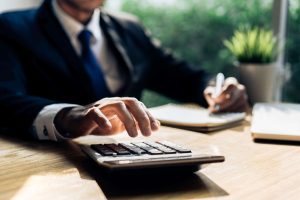
Thus, for plant assets accounting, it is necessary to understand and have a clear idea about one characteristic of plant assets is that they are: the above types of assets. Once bought, it’s not going to make a quick exit from the balance sheet after a few uses. It’s embedded into the production process, playing a crucial role in generating revenue and overall profitability for more than a fiscal year. Remember, these tangible, physical assets are not ephemeral. They don’t disappear after one use, and they don’t exist only in theory or paper. They are concrete, visible aspects of your business that contribute to both your company’s value and its day-to-day functions.
- If required, the business or the asset owner has to book the impairment loss.
- Next, the business must ensure that it is used for the business purpose and not kept as inventory for selling later on.
- They have a lifespan that extends for more than one fiscal year.
- Other methods are – Double Declining Balance Method, Insurance Policy Method, Unit Production Method, etc.
- Plant assets, also known as property, plant, and equipment (PP&E), are tangible assets with a useful life of more than one year.
- Remember, these tangible, physical assets are not ephemeral.
Keywords
Finally, if required, the business or the asset owner has to book the impairment loss. In that case, the estimated realized value of the asset is less than the actual depreciated cost appearing in the books. The next plant assets characteristics is that it should be able to provide benefit to the business for more than one year.
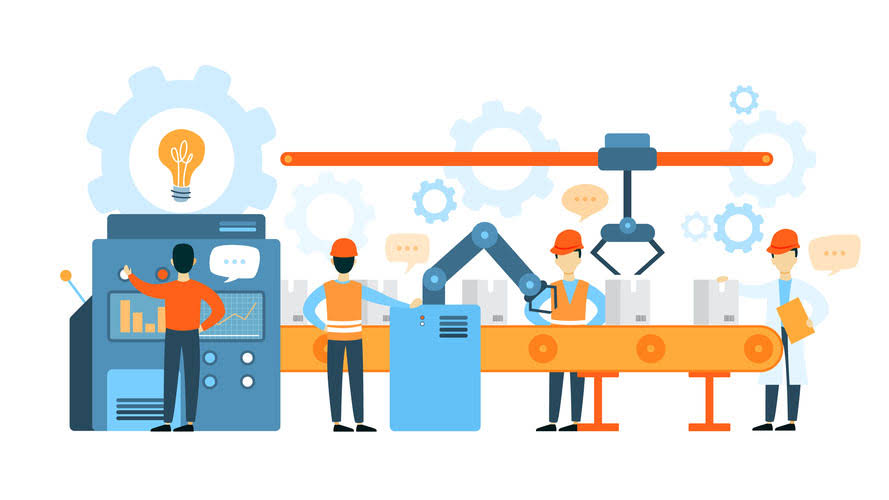
Land
Firstly, it’s important to grasp that plant assets are Durable. By this, I mean plant assets aren’t something you utilize once and then discard. They have a lifespan that extends for more than one fiscal year.
Impairment
- In that case, the estimated realized value of the asset is less than the actual depreciated cost appearing in the books.
- Tissue-specific differential expression of a few TaVOZ genes divulged their role during plant developmental processes.
- This is where the strategic aspect of plant assets comes into play.
- This study provides inclusive knowledge and significance of TaVOZ genes for future crop improvement programs.
- Vascular plant one-zinc-finger (VOZ) transcription factors play indispensable roles in orchestrating growth and stress responses in plants.
- Plant assets are initially recorded at cost plus all expenditures necessary to buy and prepare the asset for its intended use.
If required, the business retained earnings or the asset owner has to book the impairment loss. Let’s take a logistics business as an example – their fleet of trucks (a plant asset) allows them to offer services and earn money. If debt has been used to purchase the plant asset, then the cash flow statement would also show the regular payments towards that debt too. Let us try to understand the depreciation and plant asset disposal methods. Depreciation is the wear and tear of the asset, which occurs due to its daily usage.
Key Concepts
- Routine maintenance costs are expensed to the income statement.
- Plant assets, except for land, are depreciated to spread their cost out over their useful life.
- The next plant assets characteristics is that it should be able to provide benefit to the business for more than one year.
- If the benefit is less than a year, it will fall under current asset.
- Firstly, it’s important to grasp that plant assets are Durable.
- That’s right, unlike other assets, plant assets lose value over time.
Let us try to understand the difference between plant assets characteristics and current assets. A business that owns its office premises outright (another plant asset) is not only saving on rental costs but also has security of location. The purchase and sale of plant assets would affect a company’s cash flow. But there’s one characteristic of plant assets that sets them apart. That’s right, unlike other assets, plant assets lose value over time. It’s a concept that’s as intriguing as it is essential for any business owner to understand.
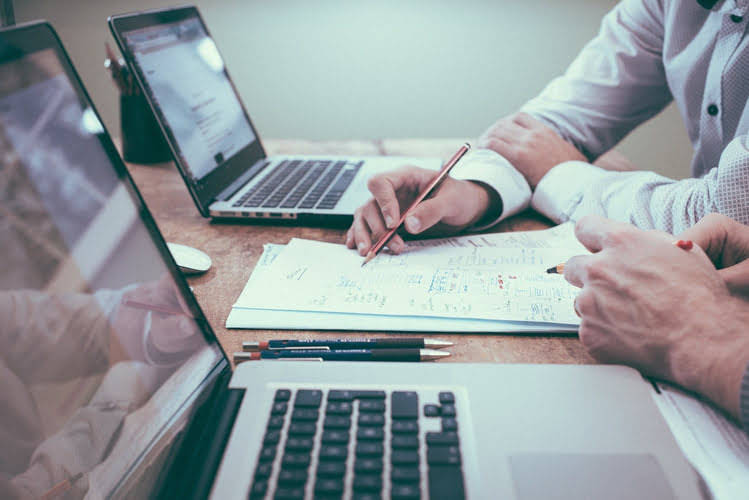
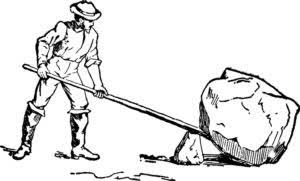
They are usually land and building, plant and machinery that may be fixed or movable, or any other equipment that can be categorized as the same. They are recorded at cost and are depreciated over the estimated useful life, or virtual accountant the actual useful life, whichever is lower. In the world of accounting, plant assets hold a special place. They’re the long-term, tangible assets used in the operation of a business. From machinery to office equipment, these are the workhorses that keep a business running day in and day out. Next, the business must ensure that it is used for the business purpose and not kept as inventory for selling later on.
Used in operations.
Any costs incurred after the initial purchase that enhance the asset’s future economic benefits are capitalised onto the balance sheet. Other methods are – Double Declining Balance Method, Insurance Policy Method, Unit Production Method, etc. It would depend upon the company accounting policies, management, and expected usage of the asset, to opt for the suitable depreciation method. The last entry would be posted every year for the next 30 years, resulting in nil value at the end of the useful life.
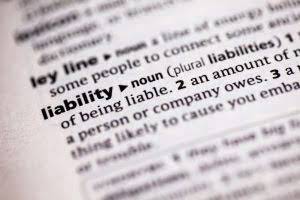
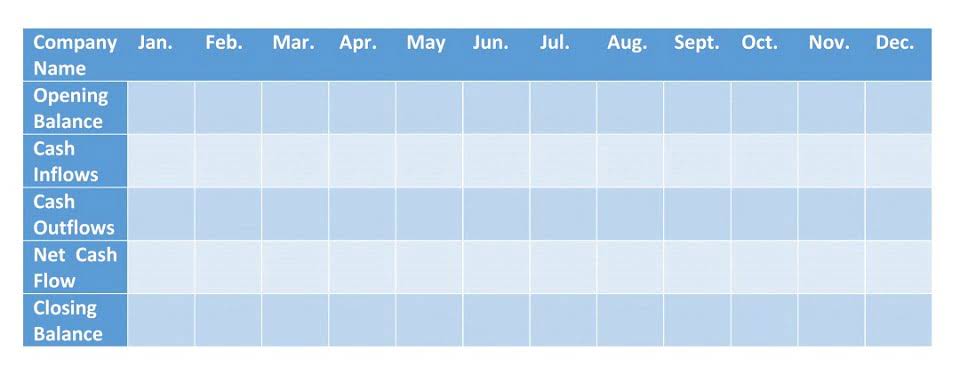
Plant assets are indeed investments in the true sense of the word – investments into the future success of the business. This is where the strategic aspect of plant assets comes into play. Plant assets are vital tools used to provide future economic benefits to the business.
Characteristics of Plant Assets
Plant assets, except for land, are depreciated to spread their cost out over their useful life. This includes purchase price, shipping costs, installation charges and any other costs directly attributable to bringing the asset to its working condition. These assets are held by businesses for use in the production or supply of goods and services, for rental to others, or for administrative purposes. Plant assets, also known as property, plant, and equipment (PP&E), are tangible assets with a useful life of more than one year. The cost incurred would include legal fees, commissions, borrowing costs up to the date when the asset is ready for use, etc., are some of the examples. As it involves heavy investment, proper controls should be put in place to secure the assets from damage, pilferage, theft, etc.
